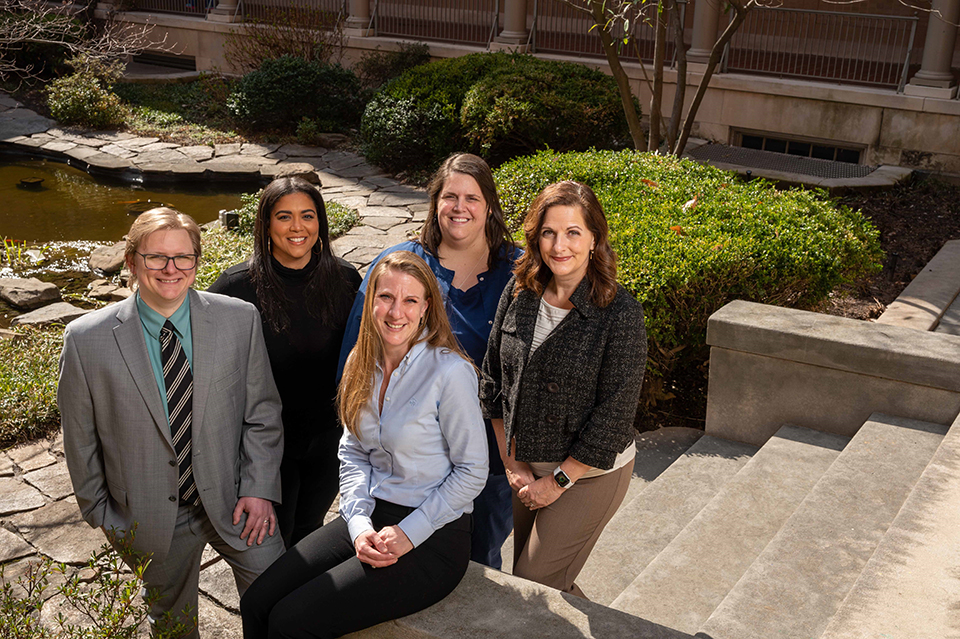6 weeks, 17361 miles, 3 countries, an airline strike, an extortion attempt, a first class upgrade, malaria meds, goat meat, a “Home Alone” run, cold showers, a possessive dachshund, an impromptu “Cha Cha Slide”, street food, an Amy Winehouse look alike, and making dozens of new friends–that’s what I did on my summer vacation. While many of my classmates decided to take the more responsible route and get jobs as nurse externs, I did what I do best and I left the country for 6 weeks.
I went to China first, returning to my roots as a Peace Corps Volunteer, and it was so nice to be back. Surreal, but nice. I’ve only been gone two years, but it was remarkably different from when I lived there. Dozens of new high rise buildings, new roads, new Western-style restaurants; I almost didn’t recognize the place! The most dramatic change of all was with my students. I was able to meet up with several of them, and it was refreshing to see their transformation into confident, poised young adults. And of course, I ate lots and lots of good food. I love eating ‘street food’, even though it isn’t recommended by all of the guide books.

I met up with one of my former roommates from my days at Central Michigan, and we explored the countryside deep in Western China. There is a very large Tibetan population there, and one popular nighttime activity is to go to the town square and dance the traditional Tibetan dances. Unfortunately, there wasn’t dancing on the day I went to the square, so my friend and I entertained the crowd with the Macarana and the Cha Cha Slide.
From China, I spent a few days getting over my jet lag in the states, and then it was off to Haiti for 2 weeks to work with Dr. Katie Wolf in Jeremie. I landed in Port-Au-Prince and started to freak out a little when there was no one there waiting for me, but luckily I found some really nice people from a mission organization who were kind enough to let me borrow their phone to call my guesthouse. I didn’t go out and about in Port-Au-Prince; I was too hot and still tired from my travels in China, so I just took it easy and napped for most of the day.
The following day, I made my way back to the airport for my quick flight to Jeremie, and on the way, I saw the tent camps. I only saw them from the periphery, but it was haunting and heartbreaking to see the devastation and ruins of the city.
My flight to Jeremie was uneventful, though it did make me slightly unsettled that the pilots of the prop plan didn’t notify me of the location of the emergency exits. I met Dr. Wolf and I began my second “Off the Map” Adventure.
Dr. Wolf began working in Haiti more than 30 years ago. She earned her MD from Northwestern and her MPH from Johns Hopkins, and 5 years ago, she started a non-profit, Friends for Health in Haiti. She works with a Haitian-American nurse, Cherlie, and I spent 10 days with them.

Every Tuesday and Thursday, Dr. Wolf and Cherlie travel in their 4×4 truck up the mountain to their clinic, and they see anywhere from 25-40 patients a day. The patients were already there when we pulled up as most of them walk more than an hour to get to the clinic. Patients receive a number card and wait their turn to be seen by the team. Dr. Wolf sees patients who either have a ‘rendezvous’ appointment (patients who were told to come back for a follow-up appointment) or more acute cases right away; the rest wait their turn to be seen.

They start with Cherlie. If the patient is new, he/she will be assigned a number and they will start a new chart. If a patient is returning, they hand Cherlie a receipt with their medical record number, and she pulls their chart. She takes their vitals and finds out what their chief complaint is. Then they wait to see Dr. Wolf, who will examine them, and then back to Cherlie so that she can give them instructions about their medications. According to Cherlie, many of the patients are unable to read, so she very sternly and very seriously explains the usage, dosage and when to take all of the medications to the patients. Some of the most common diagnoses were hypertension, acid reflux, malaria, anemia, and general aches and pains.
It’s a really neat system; it’s primitive compared to the modern clinics that we have here, but it’s simple and efficient. For cases that are much more serious, Dr. Wolf will refer them to the hospital in downtown Jeremie. One patient that we saw was paralyzed on one side, most likely from a stroke, and he also had cardiomegaley (an enlarged heart—he brought an x-ray in for us to see). He was in really bad shape, and Dr. Wolf ended up sending him to the hospital. We saw him a few days later when I visited the hospital, and he was doing much better.

The patients pay for the services. The initial consultation is 100 goud (~$3.50 USD), and medications range from 5-50 goud, depending on what is ordered. Patients are expected to pay at the time they’re given the physical/medications. Sometimes, they don’t have enough money, so occasionally, meds are given on credit, with payment expected the next time they come to the clinic.
When we weren’t at the clinic, I spent most of my time at Dr. Wolfs’ house. I was a little shocked, and kind of spoiled staying there. There are three floors to the house, and I had the top floor to myself, with a balcony overlooking the bay. In my down time, I spent a lot of time writing and labeling medication bags and then filling the bags. Many of the medications, like ibuprofen, are purchased in the large 1000-count bottles, which then have to be sorted and counted into smaller packages to be dispensed to the patients. It’s tedious and repetitive work, but it must be done. Cherlie hates writing on the packages, so she was quite glad to have me helping. If I wasn’t helping with the meds, I took advantage of the peace and quiet and either read on the balcony or played with one of the dogs. Mosey, the daschund, was the possessive one, and I think I became his new best friend while I was there.
I had a remarkable experience. It was amazing to see how well the clinic was run, and it was great to see a rural public health setting. It gave me a glimpse into what my own future will hold, whether in Haiti or somewhere else in the world. Dr. Wolf has plans to build and expand the clinic, and she’s hoping to have a maternity center soon and a full-time pharmacist helping her.
To learn more about Dr. Wolf and the work that she does, check out her website at http://www.friendsforhealthinhaiti.org
 The Returned Peace Corps Volunteer to Nurse Pipeline
The Returned Peace Corps Volunteer to Nurse Pipeline Remembering Carol Gray, First Dean of JHSON
Remembering Carol Gray, First Dean of JHSON A Letter from Deborah Baker: The Role of Your Career, Right Here
A Letter from Deborah Baker: The Role of Your Career, Right Here To Sleep, Perchance to Live Better
To Sleep, Perchance to Live Better A Tested Tool Keeps Patients Safe
A Tested Tool Keeps Patients Safe







